Canon EOS-1D X - Almost at the Apex
The 1D X represents the pinnacle of Canon's DSLR camera technology, and it mostly doesn't disappoint. It succeeds not just one, but two previous high-end cameras, and ups the game with faster frame-rates, higher ISO settings and improved handling. But there's something about its auto-focus you need to know.
By HardwareZone Team -

Introduction
As Canon's latest flagship DSLR, the EOS-1D X has an interesting distinction of succeeding not one, but two earlier cameras. One is the EOS-1Ds Mark III, a full-frame 21MP camera released in 2007 which shot at 5 fps, and the other is the EOS-1D Mark IV, an APS-H cropped sensor 16MP camera released in 2009, which shot at 10 fps. Instead of having to choose between a full-frame sensor or high frame-rates, Canon integrates the two features into the 1D X.
While resolution is no longer as high as 21MP, the 18MP full-frame 1D X manages to shoot at a maximum of 12 frames per second with continuous AF (14 fps if AF is locked on the first frame, at ISO 32,000 or higher, the 1D X's frame rate will be reduced to 10 fps), making it the fastest full-frame camera on the market. The Nikon D4, the 1D X's direct competitor, shoots at a maximum of 10 fps, 11 fps if AF is locked on the first frame.
At the heart of the 1D X is an improved full-frame sensor, which promises better ISO and dynamic range performance. The 1D X has dual DIGIC 5+ processors to help deliver 18MP full-frame images at the camera's high frame-rates. It also comes with a new auto-focus system which uses the AF sensor, as well as the auto-exposure sensors, an AF correction light-source detection sensor and, with certain lenses, a panning detection gyro sensor to better inform and fine-tune AF performance. In AI Servo AF mode, these sensors can identify a subject not just by contrast but also by color. The number of AF points have been increased from 45 on the 1D Mark IV to 61 on the 1D X, with 41 of them cross-type sensors that can detect contrast both horizontally and vertically.
The 1D X comes in strong as a movie shooting camera. It can shoot 1920 x 1080 at 24/25/30 fps, as well as 1280 x 720 at 50/60 fps. But the new key feature is the ability to choose from two different compression methods. IPB compression trims away repeating information in frames to reduce file sizes, but also degrades image quality. ALL-I compression captures each frame as a compressed but complete image, file sizes are about three times larger but are of higher quality. And the 1D X now comes with a timecode ability for professional users.
There's a lot to unpack, so join us in the next few pages for our full review.
1D X | 1D Mark IV | 1Ds Mark III | |
Image Sensor Size | 36 x 24mm | 27.9 x 18.6mm | 36 x 24mm |
Megapixels | 18.1MP | 16MP | 21.1MP |
Recording Media | Dual CF card slots:Type I or II CF card, UDMA mode 7 compatible | CF & SD card slots:Type I or II CF card, SD/SDHC memory card | CF & SD card slots: Type I or II CF card, SD/SDHC memory card |
Image Processor | Dual DIGIC 5+ | Dual DIGIC 4 | Dual DIGIC 3 |
AF Points | 61 points (41 cross-type) | 45 points (39 cross-type) | 45 points (19 cross-type) |
Focusing Brightness Range | EV -2–18 (with center f/2.8 AF point, at 23°C/73°F, ISO 100) | EV -1–18 (with 50mm f/1.4 lens,at 23°C/73°F, ISO 100) | EV -1–18 (at 23°C/73°F, ISO 100) |
ISO Speeds | ISO 100–51,200, expandable to ISO 50–204,800 | ISO 100–12,800, expandable to ISO 50–102,400 | ISO 100–1600, expandable to ISO 50–3200 |
Shutter Speeds | 1/8000 sec. to 30 secs., bulb, X-sync at 1/250 sec. | 1/8000 sec. to 30 secs., bulb,X-sync at 1/300 sec. | 1/8000 sec. to 30 secs., bulb, X-sync at 1/250 sec. |
Continuous Shooting Speeds |
| Max. approx. 10 shots/sec. | Max. approx. 5 shots/sec. |
Max. Movie Resolutions | 1920 x 1080 (Full HD): 30p/25p/24p | 1920 x 1080 (Full HD): 30p/25p/24p | N.A. |
LCD Monitor | 3.2" 1.04 million dots TFT LCD | 3" 920k dots TFT LCD | 3" 230k dots TFT LCD |
Interface | USB, AV out, HDMI-mini out, 3.5mm stereo mini-jack in, remote control terminal, Ethernet terminal, system extension terminal | USB, AV out, HDMI-mini out, 3.5mm stereo mini-jack in, remote control terminal, system extension terminal | USB, Video out, extension system terminal |
Battery |
|
|
|
Dimensions | 158 x 163.6 x 82.7mm | 156 x 156.6 x 79.9mm | 150 x 160 x 80mm |
Weight | 1340g | 1180g | 1210g |

Design & Handling
The Canon EOS 1D Mark IV was built quite similarly to the 1Ds Mark III, and while the 1D X retains most of what's come before, it expands on the series' designs with a few neat refinements. The most obvious of which will be the improvements made to shooting with the vertical grip, bringing the experience on par with shooting in the horizontal orientation.
If you take a close look, you'll notice that there are not one, but two joysticks on the back of the 1D X. The new one is right below the wheel dial, and within comfortable distance of your shooting hand when holding the camera vertically. In front of the camera are not one, but two pairs of custom buttons, each also aligned for use in either vertical or horizontal orientation.
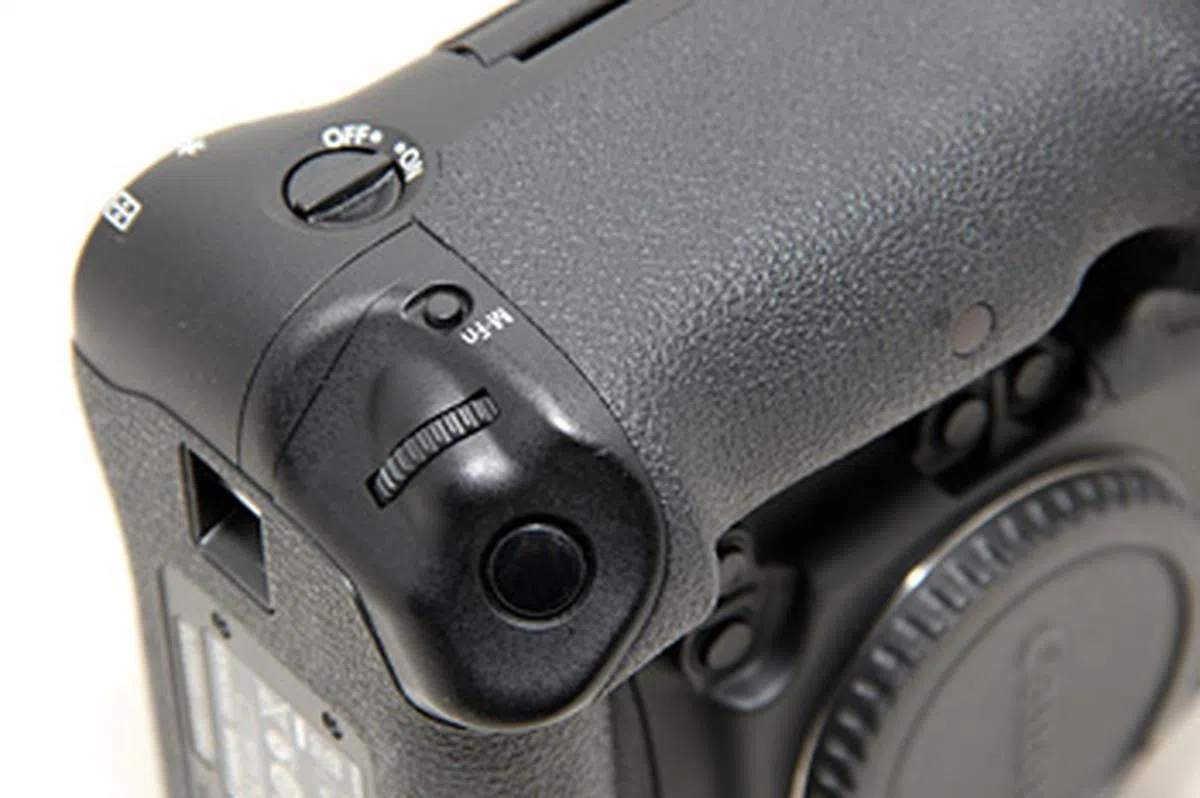 |  |
Other changes include the addition of a White Balance button to the row of controls above the top LCD, and the switching of what was previously the FEL (Flash Exposure Lock) button to a custom Function button, which makes a lot more sense for shooters who never used FEL. A new Multi-function Lock is located as an option on the On/Off switch and can be programmed to lock any one or more of the three main controls; the main (top) dial, quick control dial (rear wheel dial), multi-controller (joystick). It's a great option to have when you have your settings dialed in and don't want to switch them accidentally in the midst of shooting (stuff happens...).
Another welcome addition is a secondary CF card slot, where previously the 1D Mark IV had a CF and SD card slot. It's more economical, especially when compared to the Nikon D4 which forces you to be an early adopter of the still-uncommon XQD memory card. To be fair, we sorely missed the button illumination from the D4, which made it easier to hunt for controls in the dark.
Otherwise, the 1D X retains most of the same controls and layout as its predecessor, which means that it should be familiar to anyone who's handled one. There really isn't much else to say except that the 1D X handles really well.
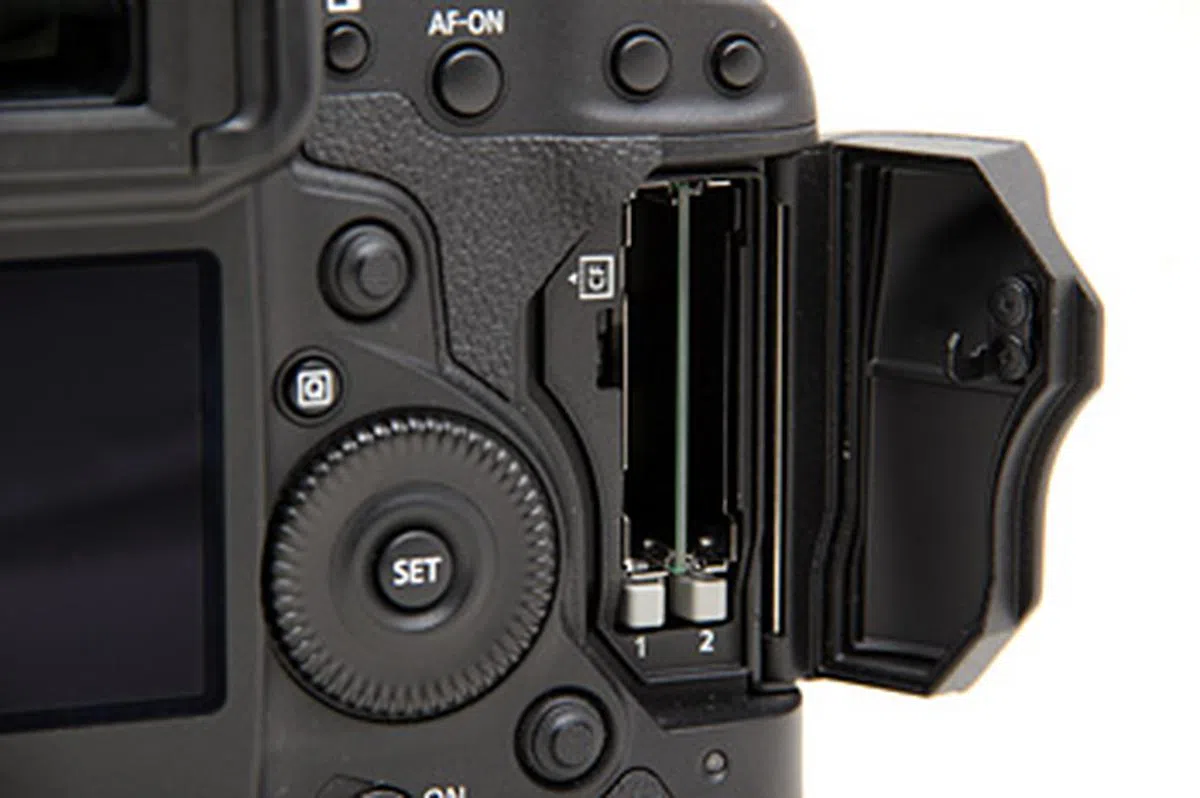 | 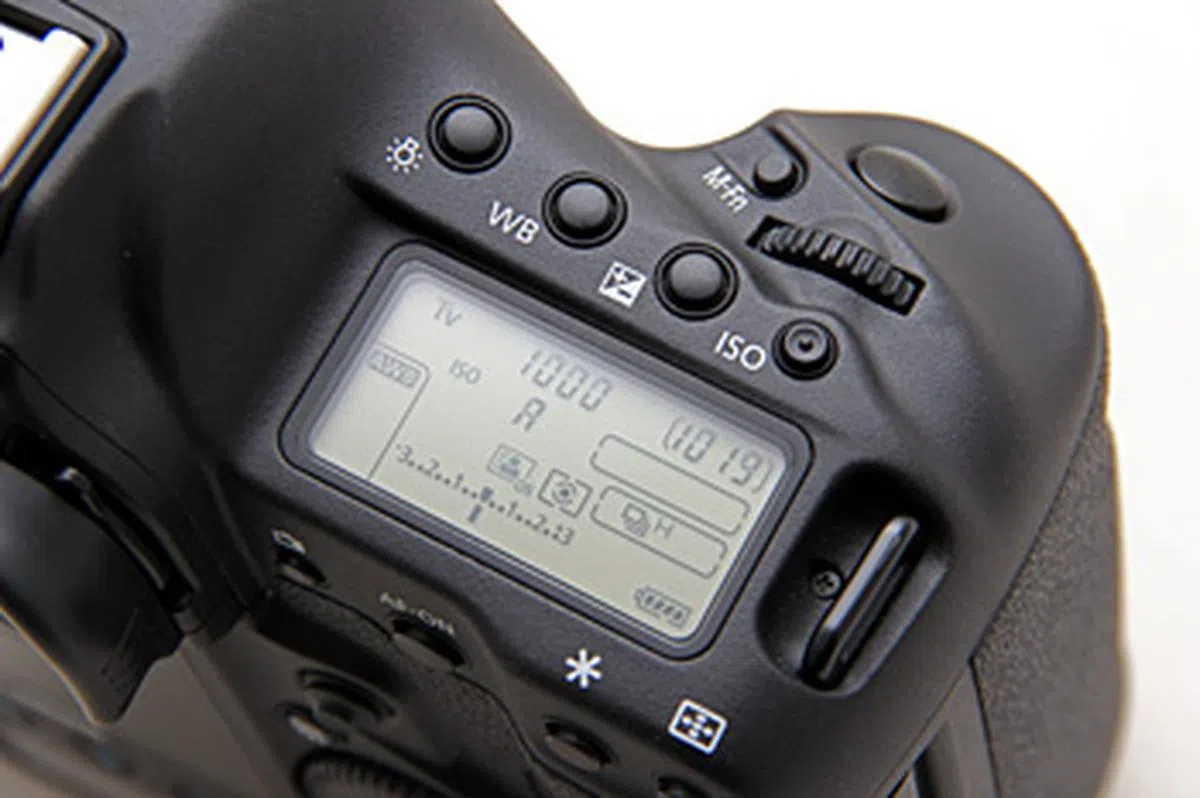 |
One of the reasons why you don't see hordes of people carrying around a camera like this (besides its sky-high price) is how heavy it is. The 1D X is slightly bigger and heavier than the 1D Mark IV, and its weight is easily felt the moment you start carrying it around. It feels dense, well-made and able to take a few knocks, being dust and drip-proof, with a magnesium alloy body shell and internal structure. You can watch one dropping into a tree when its helicopter mount fails, in the snow, and surviving the crash.
One last minor thing: In place of a "D", you get a big, bold "X" on the front of the camera body. You'll either find that incredibly cheesy or really cool (really cool for us).
Design & Handling - Auto-focus
The auto-focus (AF) system in the 1D X has been overhauled. Instead of using a single AF sensor, the 1D X collects data from the AF sensor, the auto-exposure (AE) sensors, an AF correction light-source detection sensor and, with certain lenses, a panning detection gyro sensor. Auto-focus points have increased from 45 points (39 cross-type) on the 1D Mark IV to 61 points (41 cross-type, the number will vary depending on the lens you're using). These AF points' area of coverage has remained more or less the same. Compared to the 1D Mark IV which could focus in dim environments equal to EV -1, Canon claims that the 1D X can focus in even darker conditions to EV -2.
The 1D X AF system also comes with something completely new that Canon calls EOS iTR AF, a mouthful that stands for EOS intelligent Tracking and Recognition AF (which yet another mouthful). In short, instead of using only contrast-detection to hunt for focus, the 1D X can now detect colors and faces, and use this additional information to inform auto-focus as well as tracking focus.
EOS iTR AF can be switched off in the menu, but we found that it does make a noticeable difference. With it switched on, the 1D X does a better job of automatically finding faces, and also a better job of tracking AF (more on how the 1D X's particular brand of tracking AF works below).
AF Configuration
The shooting menu and AF area selection mode has been carried over from the EOS 7D and the 5D Mark III. Auto-focus can be configured in the menu according to six different use cases:
- Case 1 - Versatile multi-purpose setting
- Case 2 - Continue to focus-track even when the subject momentarily moves from the AF points
- Case 3 - Focus instantly on subjects that move into the AF points
- Case 4 - Focus track subjects that accelerate or decelerate quickly
- Case 5 - Focus on subjects with erratic movement
- Case 6 - Focus on subjects with erratic movement and changes in speed
You can also go in and fine-tune three parameters inside each use case; tracking sensitivity, locked on timing and responsiveness. This all means you have a boatload of custom AF settings you can choose from, which is a great help if you know your subject and how they're likely to behave. We shot a couple of netball matches and found that switching AF use cases does make a difference in how the AF performs, but it's definitely a learning curve to find what works best for what you're shooting.

AF Area Selection Mode
There are six AF area selection modes to choose from:
- Single-point Spot AF
- Single-point AF
- AF-point expansion (four surrounding points)
- AF-point expansion (eight surrounding points)
- Zone AF
- 61-point Automatic Selection AF

They're enough to cover you from determining AF for still, as well as moving subjects, and similar to what's come before in the 5D Mark III. What we'd like to point out is how differently the 1D X handles that last one, 61-point Automatic Selection AF. When you're shooting with that area selection mode and One-Shot AF mode (for focusing only once), the 61-point AF will automatically select a focus point out of all possible 61 points.
When switched to AI Servo AF (for continuous auto-focus) however, you'll need to select a focus point and lock focus first (akin to shooting with single-point AF) and the camera will then track that subject even as it or the camera moves, similar to 3D-tracking. The mechanism itself works well, when the camera locks on to a subject it tends to stay locked onto the subject even if it's moving. And like 3D-tracking it works quickly with the focusing and re-composing method of shooting (the single AF point can be shifted away from center).
It's when you encounter specific use cases that this kind of focusing can handicap you. When shooting sports where the action moves across a space quickly, like netball or basketball, by the time you swing your camera to where the action is happening you might not have time to find your subject, lock focus and then re-compose the shot. You certainly won't have time to shift a single-point across the screen to where your subject is if you want to skip the re-compose part. The worse case scenario is if you shift the camera to the action and the subjects move out of center (or where you've set the AF point), in which case firing the shutter results in beautifully focused images of the background, instead of the moving people.
This behavior is similar to the 5D Mark III, but with that camera you could set 61-point Auto Selection AF with AI Focus AF, which would switch the camera between One-Shot and Servo AF while preserving 61-point Auto AF where the camera will automatically select a focus point out of all 61 points.
While it's best to be able to find your subject by yourself so you get the correct AF lock, sometimes what you're shooting moves so fast that you just don't have the time to do so, even when using Zone AF. We wish that the camera could have kept the option to use true 61-point Automatic AF in both One-Shot as well as AI Servo AF, just like the 5D Mark III.
Auto-focus Performance
The 1D X's AF presents somewhat of a mixed bag. In good light, the AF is snappy and accurate at finding and locking on to subjects. Plus EOS iTR AF does seem to have the ability to detect and place emphasis on faces in a shot.
However, we found that our 1D X had a tendency to get confused in low-light, high-action environments. It would lock and track focus admirably, and then inexplicably lose focus, either racking out to infinity or suddenly focusing into the background (shooting with the 70-200mm f/4L USM and the 70-200mm f/2.8L IS II USM lenses, in AI Servo AF with the drive mode set to High-speed Continuous Shooting, and AI Servo 1st & 2nd image priority set to 'focus').
In this sequence below for example, the 1D X nailed focus on the main and obvious subject in the shots prior (not shown), and then oddly lost focus for the last two shots, racking out to infinity for no discernible reason.
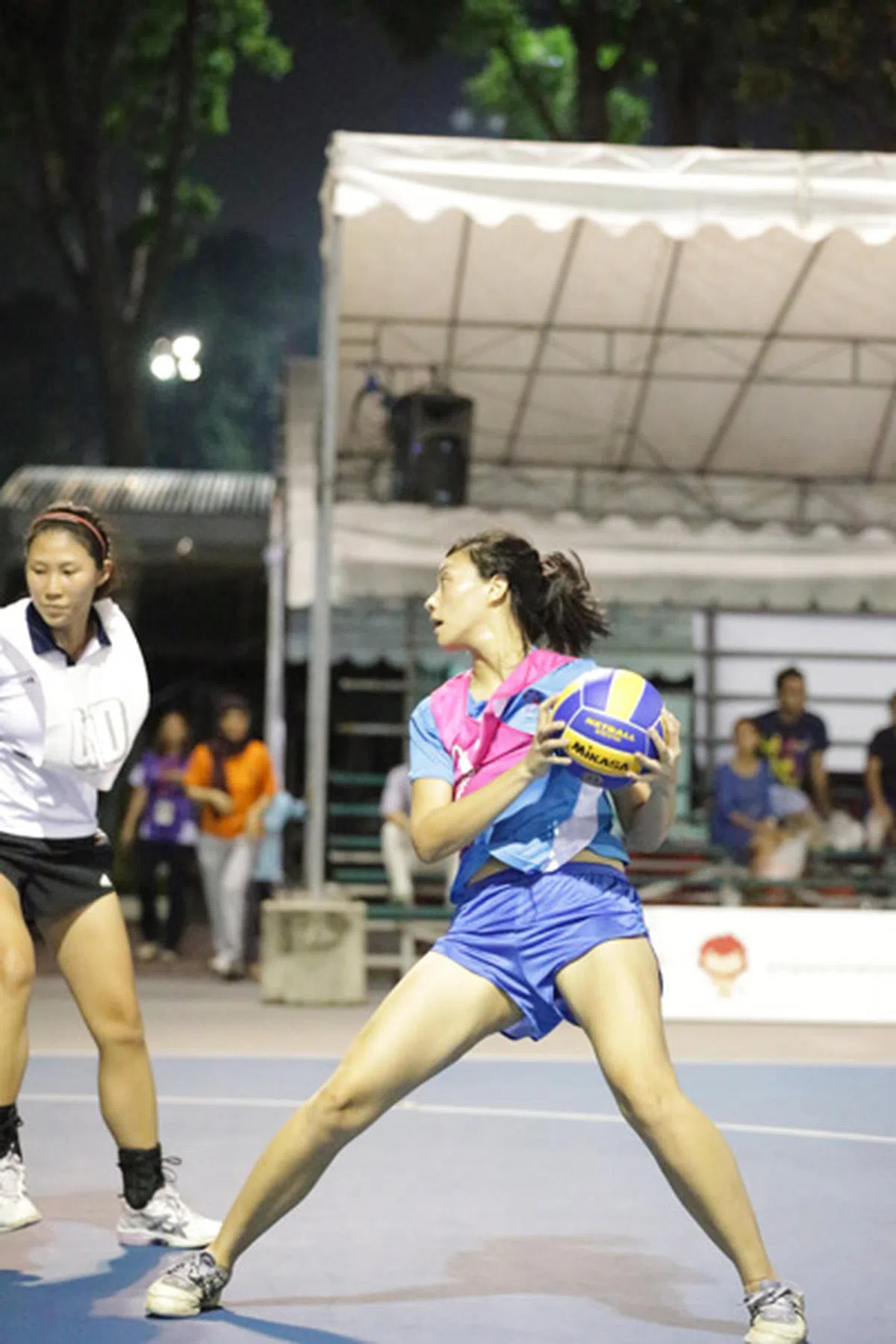 | 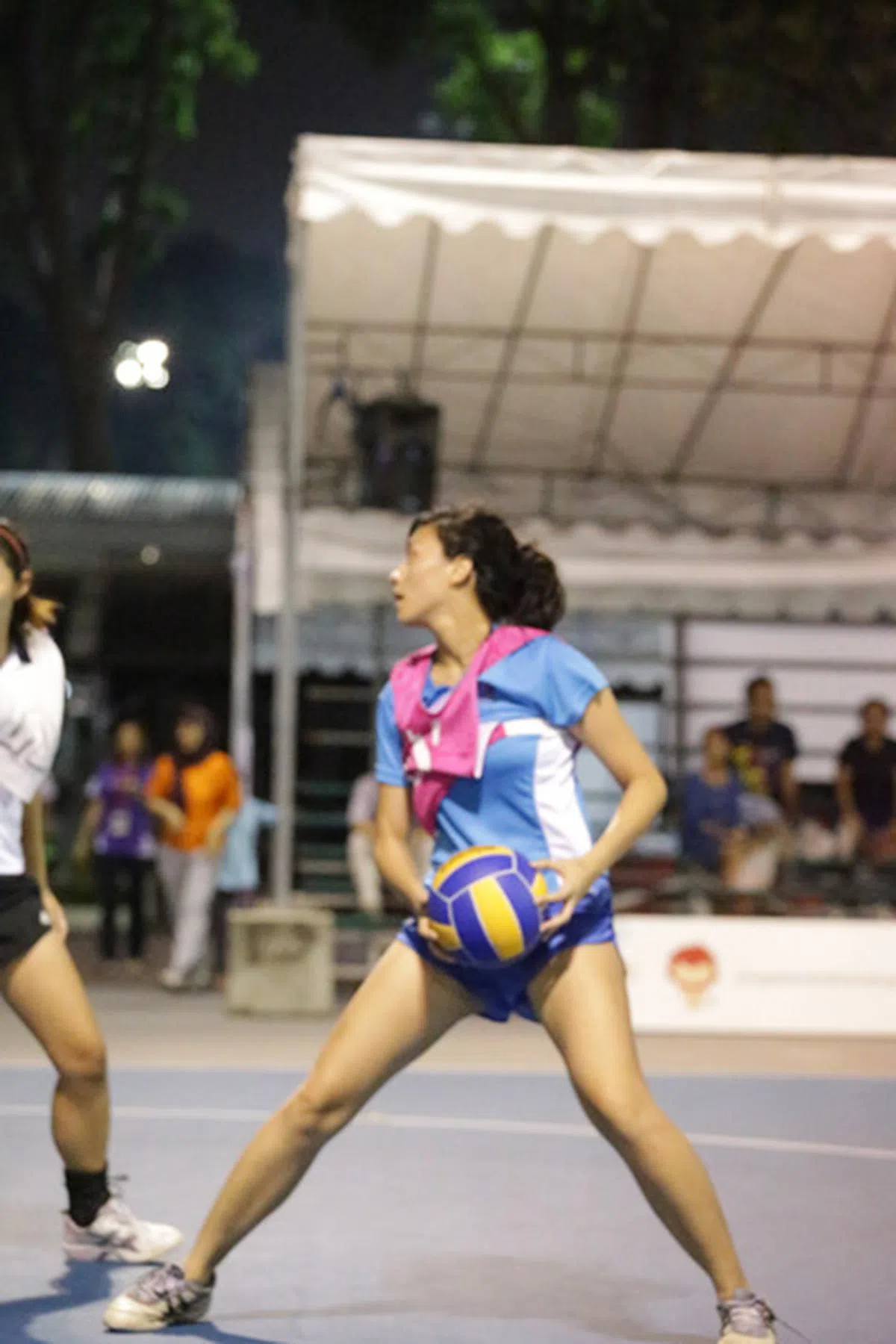 |
While losing focus in a couple of shots out of a burst is not uncommon when shooting quick-moving subjects, we couldn't understand this particular behavior with our 1D X - especially with subjects that are so obvious. Also because it seems that the majority of AF reviews on the web are mostly positive. It turns out however, that the 1D X does have a certain issue with AF tracking in low-light. According to a Canonrumors.com forum user, Canon Professional Services Australia says that while the 1D X can focus at EV -2, that is only good up to shooting at 10 frames per second. At 12 fps the focusing ability drops to EV -0.5:
On the first issue of AF tracking in low light. Everything you found was correct and the camera needs to be dropped back to 10fps to AF in the lowest light conditions. At 10fps the camera can focus fast and effectively @ -2 Ev Level but at 12fps the Ev Level is changed to -0.5 Ev. This is because of the light reduction when the mirror moves at that speed. The camera does this automatically. This is what you were experiencing under the conditions of the cat walk. This is comparable to all professional 35mm products out there on the market.
Canon Singapore has confirmed with us that the above statement is accurate, and we think it's worth pointing out that we couldn't find the same information in the 1D X's instruction manual, nor spotted it in any of the marketing material we've seen thus far.
In that particular thread, other users also report the same problem as we've found (and some report having no problems at all). The solution seems to be restricting the High-speed Continuous Shooting mode to only 10 frames per second, at which AI Servo AF does much better. But in our own tests, dropping the shooting speed to Low-speed Continuous Shooting (approx. 3 shots per second) didn't make much of a difference. The only change that improved AF was switching from AI Servo to One Shot AF.
Doing a little more digging, it seems that we aren't the only ones who have noticed that 1D X seems to do well in low-light, but can have problems focusing in low-light.

f/4 at 70mm, 1/1000 sec, ISO 51,200.
Image Performance
In our tests with the 1D X, we found its image quality to be well-suited for the type of work it's expected to do, delivering high resolution images with low image noise. It scored 2200 x 2000 LPH (vertical and horizontal) on our resolution chart, which isn't game-changing but is certainly very good.
ISO performance is another area where the 1D X scores well. Images remain remarkably clean up until ISO 3200, where you can first see noise start to interfere with image detail, albeit at a negligible level. It's at ISO 8000 where image details start to smudge, and at ISO 20,000 to 25,600 it's when noise starts to show, especially so when we reach ISO 32,000. We'd actually be comfortable shooting at this level, and up to ISO 51,200 if necessary. Image noise is mostly luminance noise with very little color interference. The image above was shot at ISO 51,200, and it's perfectly acceptable for us if we were just going to share it on the internet.

f/5.6 at 40mm, 1/80 sec, ISO 100.

f/4.5 at 200mm, 1/1000 sec, ISO 100.

f/5.6 at 40mm, 1/40 sec, ISO 400.

f/4 at 200mm, 1/1000 sec, ISO 16,000.

f/4 at 118mm, 1/500 sec, ISO 12,800.

f/4.5 at 109mm, 1/500 sec, ISO 25,600.

f/4.5 at 200mm, 1/250 sec, ISO 32,000.

f/4.5 at 91mm, 1/1000 sec, ISO 40,000.

f/4 at 200mm, 1/1000 sec, ISO 51,200.

Conclusion
The 1D X represents the pinnacle of Canon's DSLR camera technology, and it mostly doesn't disappoint. The body is rock-solid and the controls have been further expanded to work better in both the vertical and horizontal grips. It's also great that the 1D X has slots for two CF memory cards now, instead of one CF and one SD. Only thing we missed was the way the buttons lit up on the Nikon D4 - would have been nice if the 1D X had that too.
Image quality is excellent, if it used to be the case that Nikon had an edge in low-light and low-noise photography, Canon has done very well in bridging that gap with the 1D X. The 1D X does an admirable job of keeping noise down; when noise does appear, it is fine-grained and mostly illuminance noise with little to no color noise. We could very comfortably shoot up to a maximum of ISO 51,200 and still feel comfortable using those images for the web, which is a great help in low-light situations.
Auto-focus is fast and snappy, and the 1D X as well as the 5D Mark III represent a clear improvement over Canon's previous generation of auto-focus systems. But if there's one thing that mars the 1D X as a sports camera, it's the camera's weakness at focusing in low-light with high-speed continuous shooting and AI Servo AF.
The best we can say about the 1D X's auto-focus performance in low-light is that it's inconsistent; in some low-light situations it seems able to focus, in some situations it doesn't, and in some it does focus and then loses focus for no apparent reason. Some users on the internet seem to experience the same problems we did, some don't. The official statement from Canon is that "at 12fps the EV Level is changed to -0.5 EV", which means that its low-light AF capability drops in relation to increasing its shooting speed. The problem is that low-light high-speed shooting is part of the 1D X's mission spec, so you might need to test it for yourself before using it on a critical shoot.
So, in closing the Canon 1D X strikes us as a very, very good camera, among the best DSLR cameras in the world - served up with a qualifying 'but'. If you shoot in good light, the improved handling and AF performance should leave you grinning. If you shoot in low-light, but at low frame-rates or with One Shot AF, then you're perhaps good to go. But if you're shooting high frame-rates of fast subjects in low-light with Servo AF, then perhaps you need to rent and test one first before shelling out the big bucks.
Our articles may contain affiliate links. If you buy through these links, we may earn a small commission.